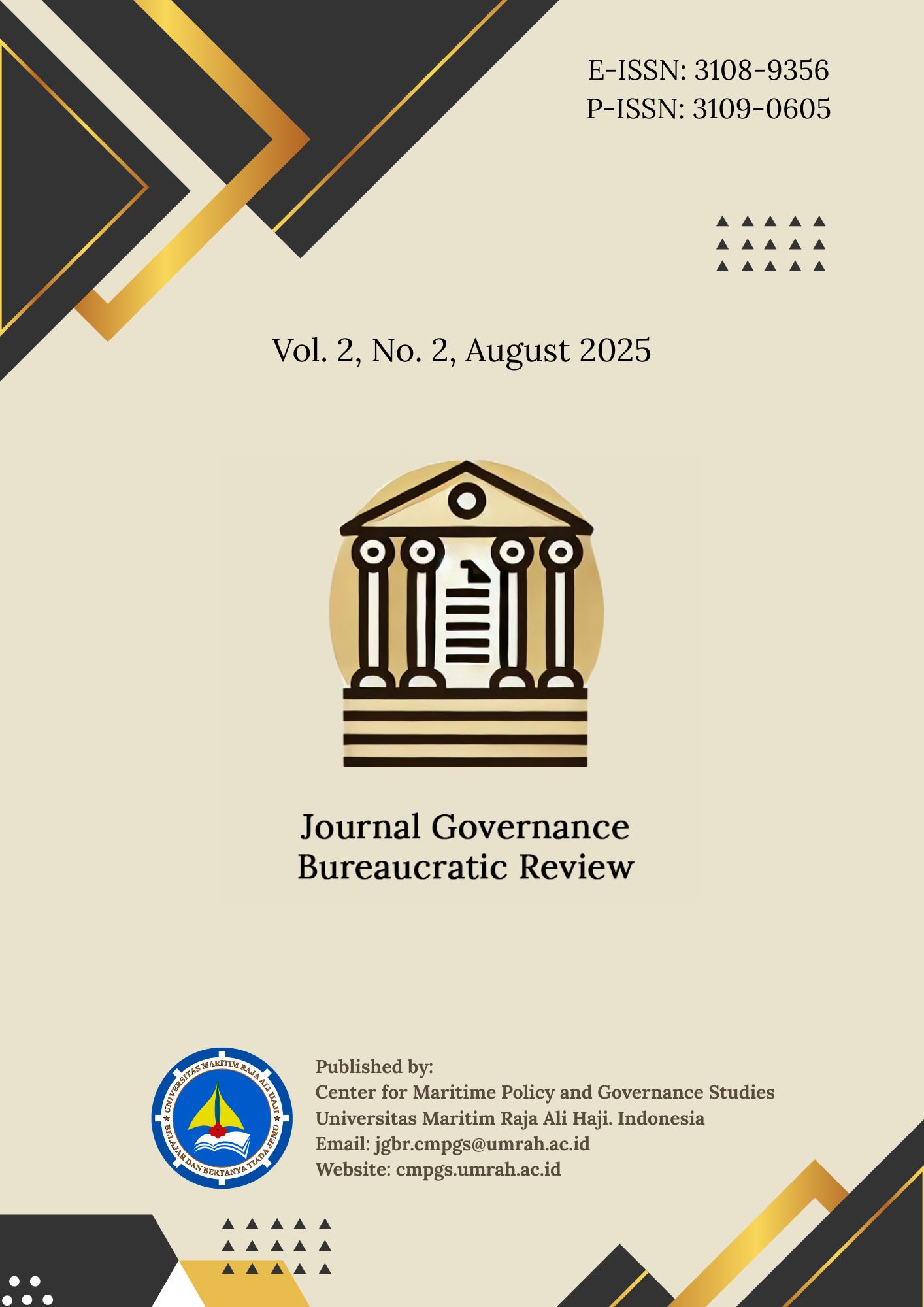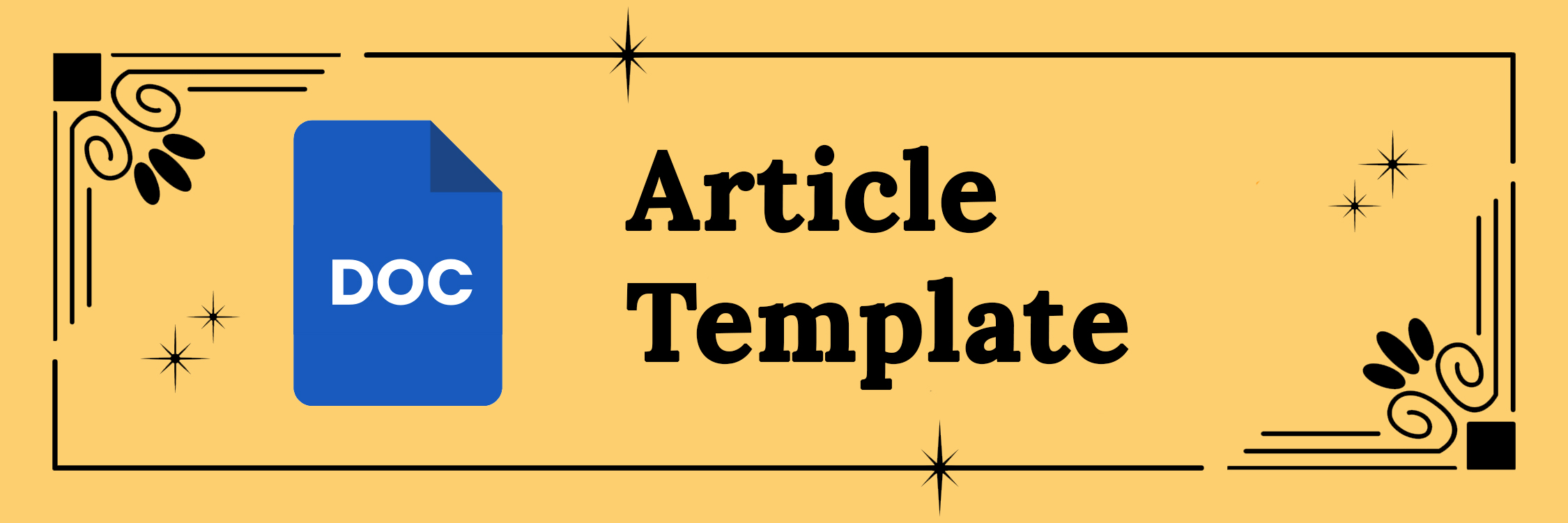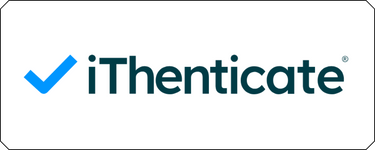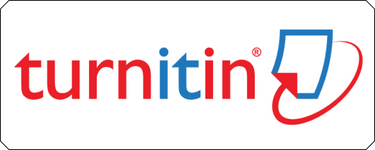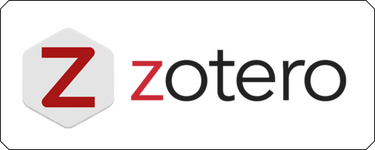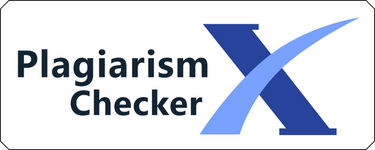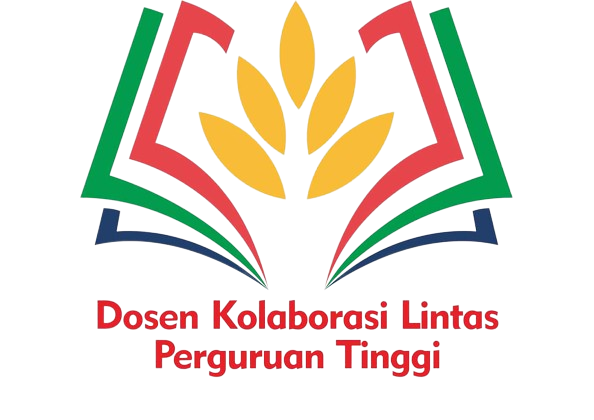Top-Down Implementation of the Job Creation Law: Reforming Environmental Impact Assessment Policy and Implications for Environmental Governance in Indonesia
DOI:
https://doi.org/10.31629/jgbr.v2i2.7754Keywords:
Job Creation Law, Environmental Governance, Top-Down, ImplementationAbstract
Indonesia’s Job Creation Law (Law No. 11 of 2020) represents a major reform in national environmental governance aimed at streamlining bureaucracy and accelerating investment; however, it has simultaneously raised concerns about ecological accountability and public participation. This study examines how the top-down implementation of the law has reshaped Environmental Impact Assessment (EIA) procedures and the broader structure of environmental governance. The research aims to analyze the implications of bureaucratic simplification, centralization of authority, and restricted public engagement for sustainable policymaking. Employing a qualitative descriptive-analytical approach, the study collected data from legal documents, policy briefs, and interviews with governmental and civil society actors to explore institutional dynamics across central and regional levels. Findings indicate that while risk-based licensing and the Online Single Submission (OSS) system have improved efficiency and coherence in licensing processes, they have concurrently weakened preventive oversight, diminished local autonomy, and curtailed participatory mechanisms. The centralization of decision-making has standardized procedures but reduced flexibility and contextual responsiveness, leading to governance gaps between policy design and local execution. Moreover, the narrowing of public involvement in EIA processes has eroded transparency and legitimacy, undermining the principles of democratic environmental governance. The study concludes that the effectiveness of top-down implementation remains contingent upon institutional capacity, intergovernmental coordination, and inclusivity. It recommends adopting a hybrid governance model that combines hierarchical efficiency with participatory accountability to ensure that economic reform aligns with ecological sustainability and social legitimacy in Indonesia’s environmental policy landscape
Downloads
References
Apriliyanti, I. D., & Nugraha, D. B. (2025). Burning coal in a cleaner way: Institutional fragmentation, power dynamics, and business influence in Indonesia’s biomass co-firing imaginaries. Energy Research & Social Science, 121, 103949. https://doi.org/10.1016/J.ERSS.2025.103949
Asadullah, M. N., Jilani, A. H., Negara, S. D., & Suryadarma, D. (2025). Improving the quality of basic education in ASEAN–Emerging challenges and reforms. International Journal of Educational Development, 116, 103292. https://doi.org/10.1016/J.IJEDUDEV.2025.103292
Basuwendro, Y., & Wahanisa, R. (2025). The Impact of Law No. 6 of 2023 On Environmental Protection And Management. 5, 4878–4893. https://doi.org/10.38035/jlph.v5i6
Borromeo, A. S., Manaloto, A. M., & Antonio, R. (2025). Southeast Asian landscape of antimicrobial resistance research (2014–2024): A bibliometric analysis. Journal of Global Antimicrobial Resistance, 45, 125–133. https://doi.org/10.1016/J.JGAR.2025.09.004
Decrop, A. (1999). Triangulation in qualitative tourism research. Tourism Management, 20(1), 157–161. https://doi.org/10.1016/S0261-5177(98)00102-2
Glucker, A. N., Driessen, P. P. J., Kolhoff, A., & Runhaar, H. A. C. (2013). Public participation in environmental impact assessment: why, who and how? Environmental Impact Assessment Review, 43, 104–111. https://doi.org/10.1016/J.EIAR.2013.06.003
González, A., Therivel, R., Lara, A., & Lennon, M. (2023). Empowering the public in environmental assessment: Advances or enduring challenges? Environmental Impact Assessment Review, 101, 107142. https://doi.org/10.1016/J.EIAR.2023.107142
Gouldson, A., Morton, A., & Pollard, S. J. T. (2009). Better environmental regulation - contributions from risk-based decision-making. Science of The Total Environment, 407(19), 5283–5288. https://doi.org/10.1016/J.SCITOTENV.2009.06.013
Hadi, S. P., Hamdani, R. S., & Roziqin, A. (2023). A sustainability review on the Indonesian job creation law. Heliyon, 9(2), e13431. https://doi.org/10.1016/J.HELIYON.2023.E13431
Hogwood, B. W., & Gunn, L. A. (1984). Policy Analysis for the Real World. In Policy Analysis for the Real World. Oxford University Press.
Lo, C. W. H., Liu, N., Pang, X., & Li, P. H. Y. (2020). Unpacking the complexity of environmental regulatory governance in a globalizing world: a critical review for research agenda setting. Journal of Environmental Policy and Planning, 22(5), 594–607. https://doi.org/10.1080/1523908X.2020.1767550;SUBPAGE:STRING:FULL
Miles, M. B., Huberman, A. M., & Saldana, J. (2014). Qualitative Data Analysis: A Methods Sourcebook. In Qualitative Data Analysis A Methods Sourcebook (3rd ed., Vol. 47, Issue Suppl 4). SAGE Publications. http://www.uk.sagepub.com/books/Book239534?siteId=sage-uk
O’Faircheallaigh, C. (2010). Public participation and environmental impact assessment: Purposes, implications, and lessons for public policy making. Environmental Impact Assessment Review, 30(1), 19–27. https://doi.org/10.1016/J.EIAR.2009.05.001
Ogunkan, D. V. (2022). Achieving sustainable environmental governance in Nigeria: A review for policy consideration. Urban Governance, 2(1), 212–220. https://doi.org/10.1016/J.UGJ.2022.04.004
Ouyang, J., Zhang, K., Wen, B., & Lu, Y. (2020). Top-Down and Bottom-Up Approaches to Environmental Governance in China: Evidence from the River Chief System (RCS). International Journal of Environmental Research and Public Health, 17(19), 7058. https://doi.org/10.3390/IJERPH17197058
Rothstein, H., Irving, P., Walden, T., & Yearsley, R. (2006). The risks of risk-based regulation: Insights from the environmental policy domain. Environment International, 32(8), 1056–1065. https://doi.org/10.1016/J.ENVINT.2006.06.008
Sahide, M. A. K., & Giessen, L. (2015). The fragmented land use administration in Indonesia – Analysing bureaucratic responsibilities influencing tropical rainforest transformation systems. Land Use Policy, 43, 96–110. https://doi.org/10.1016/J.LANDUSEPOL.2014.11.005
Sekaringtias, A., Verrier, B., & Cronin, J. (2023). Untangling the socio-political knots: A systems view on Indonesia’s inclusive energy transitions. Energy Research & Social Science, 95, 102911. https://doi.org/10.1016/J.ERSS.2022.102911
Sitompul, A. T. (2022). Job Creation Law’s Risk Towards Investment Efficiency and Business Convenience Regarding the Environment. Administrative and Environmental Law Review, 3(1), 1–8. https://doi.org/10.25041/aelr.v3i1.2339
Ulani, S. Y., & Aprirachman, R. (2025). Post-Pandemic Economic Recovery in Indonesia: A Systematic Literature Review on Key Drivers, Challenges, and Policy Implications. ECOBISMA (Jurnal Ekonomi, Bisnis Dan Manajemen, 12(2).
Wicaksono, A., Andari, R. N., Azni, U. S., Prayoga, R. A., Putri, I. H. S., Wahyono, E., Andini, P., Nurlika, R., Nabila, N. M., Wijaya, G., Sidipurwanty, E., & Susantyo, B. (2025). Actor collaboration in the implementation of business licensing integrated with the land use framework: Indonesian case study. Urban Governance. https://doi.org/10.1016/J.UGJ.2025.10.003
Wu, Y., & Tham, J. (2023). The impact of environmental regulation, Environment, Social and Government Performance, and technological innovation on enterprise resilience under a green recovery. Heliyon, 9(10), e20278. https://doi.org/10.1016/J.HELIYON.2023.E20278
Downloads
Published
Issue
Section
License
Copyright (c) 2025 Sofi Ayyasi, Nur Syofi Shahirah, Ni Luh Viya Anggun Cahyani, Briean Sandika Arjuna, Agatha Cristy Siregar, Inggrid Sisilia Lumban Raja

This work is licensed under a Creative Commons Attribution-ShareAlike 4.0 International License.
You are free to:
- Share — copy and redistribute the material in any medium or format for any purpose, even commercially.
- Adapt — remix, transform, and build upon the material for any purpose, even commercially.
- The licensor cannot revoke these freedoms as long as you follow the license terms.
Under the following terms:
- Attribution — You must give appropriate credit, provide a link to the license, and indicate if changes were made . You may do so in any reasonable manner, but not in any way that suggests the licensor endorses you or your use.
- ShareAlike — If you remix, transform, or build upon the material, you must distribute your contributions under the same license as the original.
- No additional restrictions — You may not apply legal terms or technological measures that legally restrict others from doing anything the license permits.

